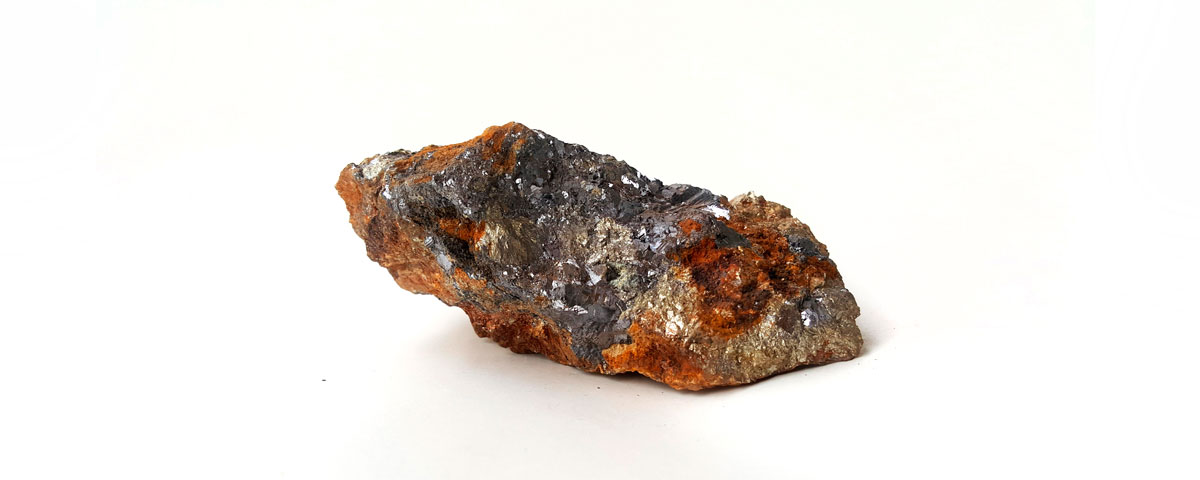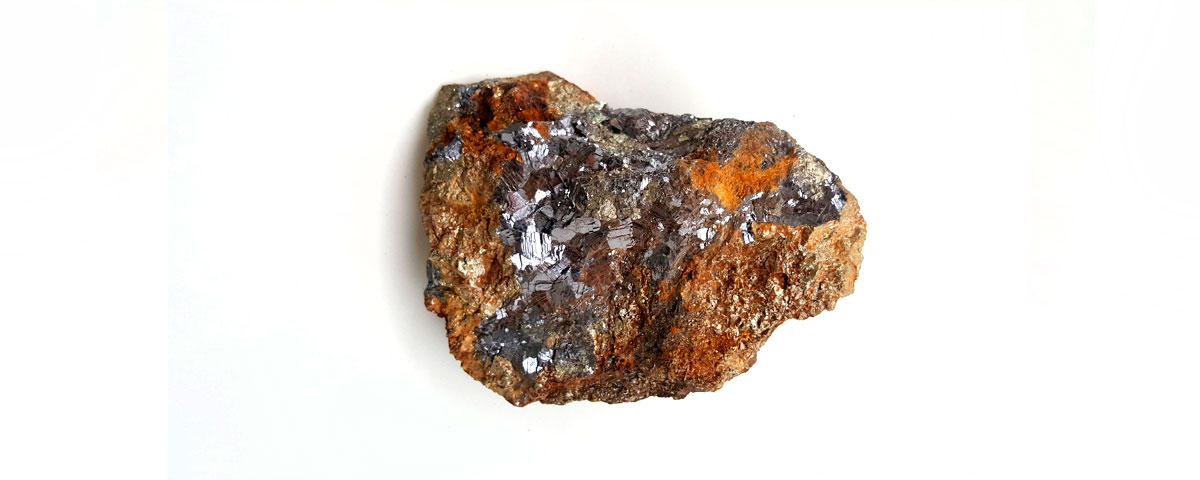Silver
Among the ancients, silver comes second to gold in beauty, value, and importance. It has been used and valued for thousands of years, and it functioned as currency, ornamentation, and material for various implements and tools.
But it was the Romans who really took to the use of silver. Their miners were so efficient that they produced a peak of 200 tons per year, and their economy circulated as much as 10,000 tons by the middle of the 2nd century AD. That’s about 5 to 10 times as much silver as the amount that circulated in medieval Europe and the Caliphate in 800 AD.
And yet today we still use it. It’s easy to see why, because modern science has discovered properties beyond its rarity and beauty. Among metals, it is the most ductile which means it’s the easiest to draw into very thin wires. It is also the most malleable of metals, and that means it is not difficult at all to hammer the metal into thin sheets. And it conducts electricity and heat better than all the other elements. It even reflects light very well, and it doesn’t readily react to many compounds including water and acids.



